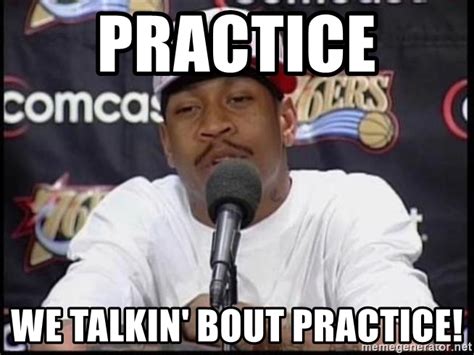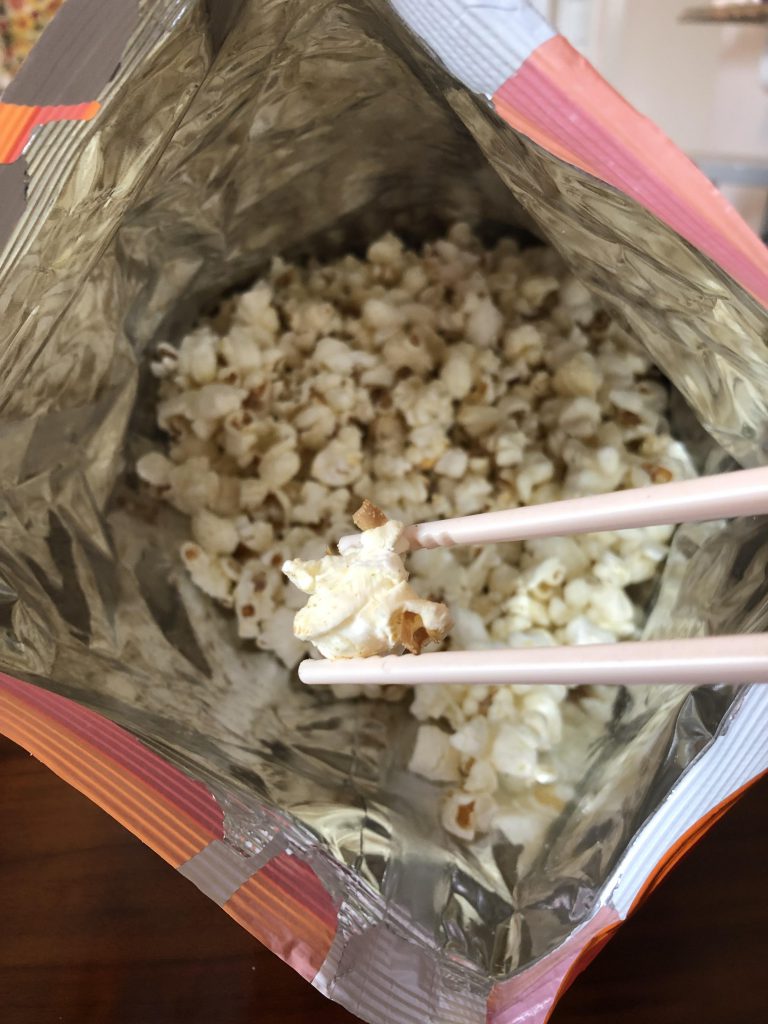Activity: Multi-Group Multi-Tasking
In this activity from The Learning Scientists’ blog, students are randomly assigned to one of three groups: recite the alphabet, count to 26, or go both by going back and forth (A-1-B-2, etc.). The dependent variable is how long it takes to complete the task. This could be done in class, but could also be […]
Activity: Multi-Group Multi-Tasking Read More »



